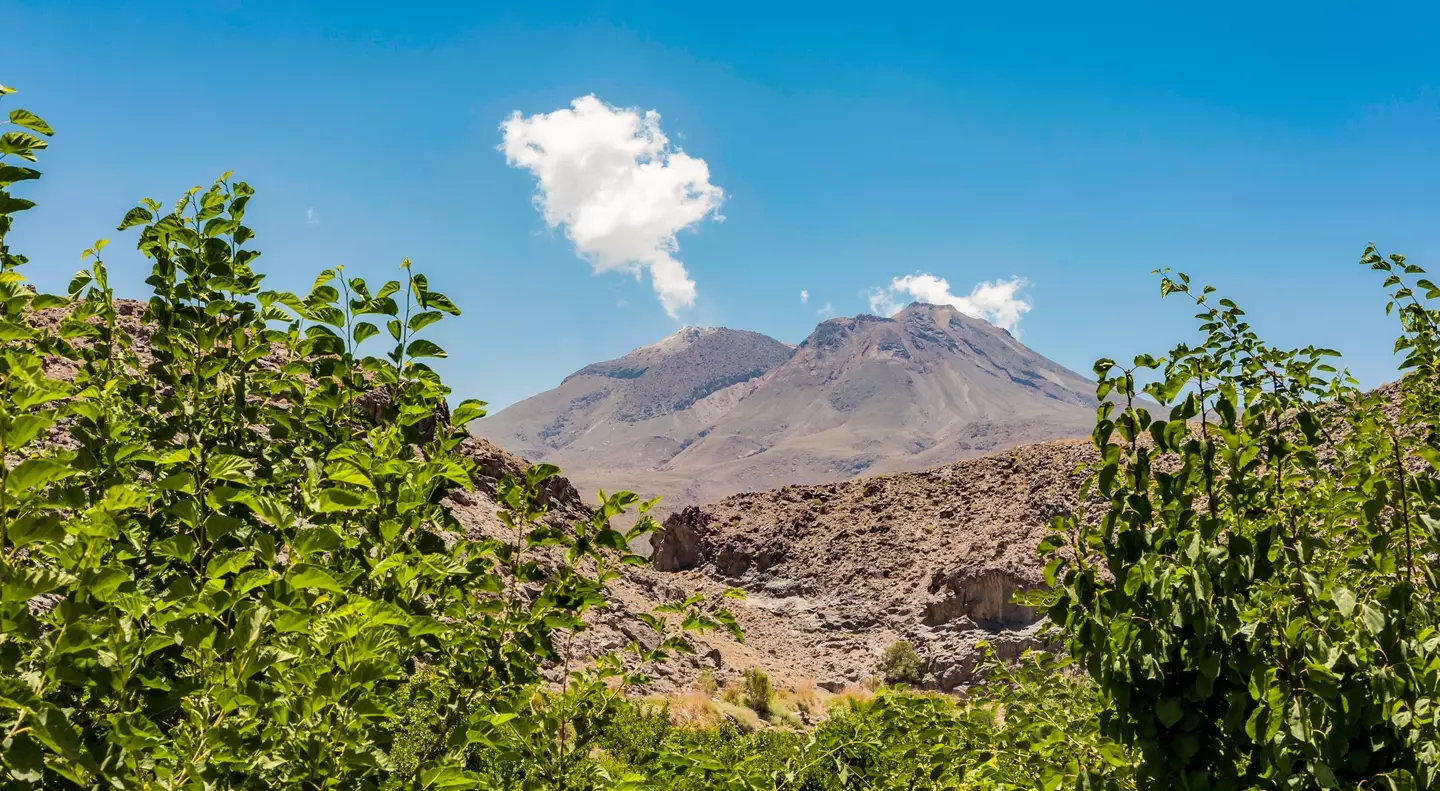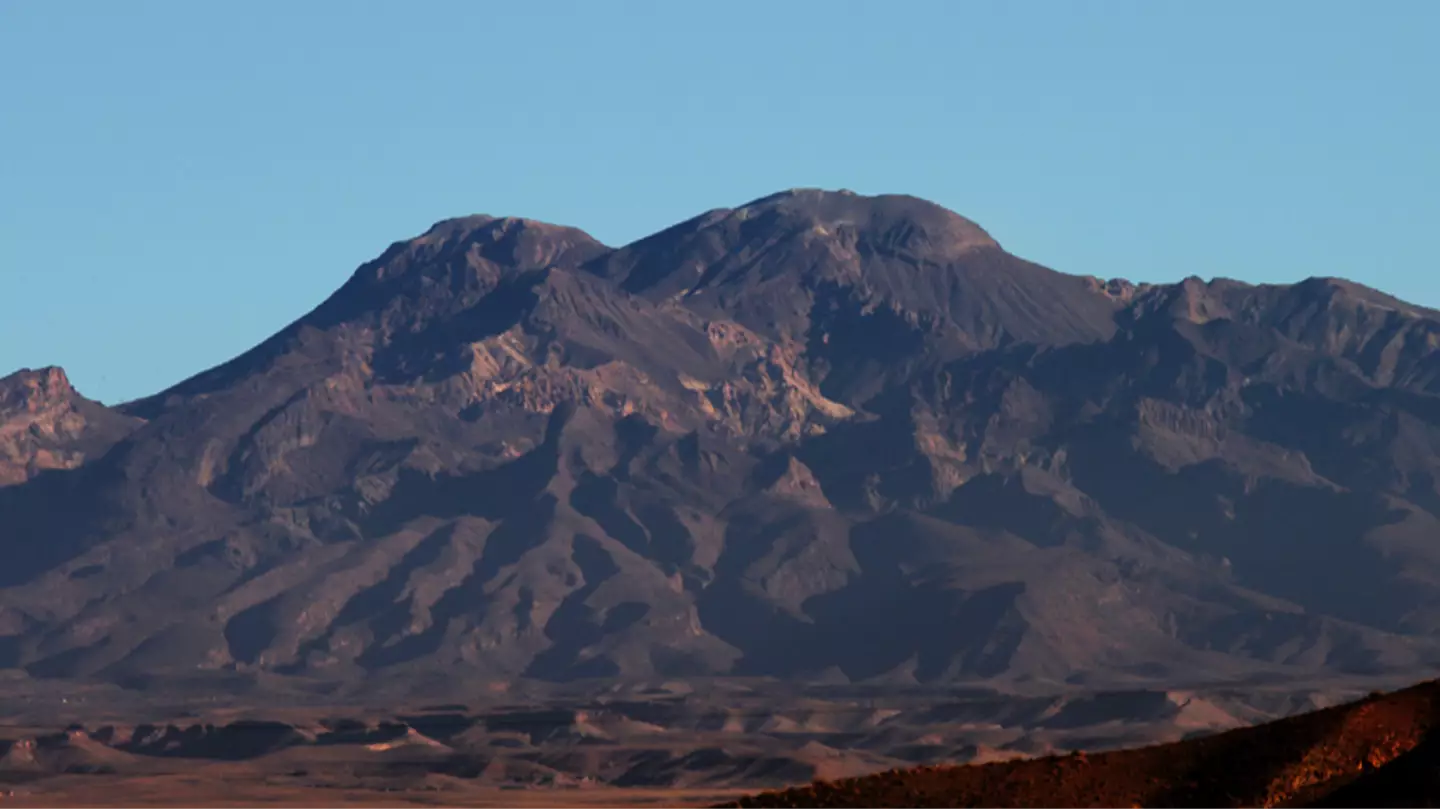Located in Iran’s remote southeast, amid rugged mountains and desert landscapes, is a volcano that many might not be familiar with, yet it may soon emerge from its long dormancy.
Mount Taftan, a towering figure nearly 13,000 feet high, has historically been regarded as inactive. Its slopes are covered in white sulfur deposits, its vents release gentle fumes, and for millennia, it seemed permanently silent. However, recent signs indicate this ‘zombie volcano’ might be coming back to life.
Over the last year, researchers have detected that the ground at Taftan’s peak is slowly rising. Although the change is slight, it has captured the attention of volcanologists.
A study published in Geophysical Research Letters reveals that the region has swollen by approximately 3.5 inches (9 cm) from July 2023 to May 2024. Significantly, this uplift has not subsided, suggesting an increase in pressure beneath the surface.

Pablo González, a volcanologist with Spain’s National Research Council, explained to Live Science: “It has to release somehow in the future, either violently or more quietly.”
He emphasized that while there’s no immediate danger of an eruption, the volcano requires close monitoring.
This concern didn’t exist a few years back. When González’s PhD student, Mohammadhossein Mohammadnia, initially reviewed satellite data from Taftan in 2020, it appeared inactive.
However, by 2023, locals began sharing videos on social media depicting thick gas clouds emanating from the summit—fumes potent enough to be sensed from the city of Khash, 50 kilometers away.
Utilizing European Space Agency satellite imagery, Mohammadnia discovered changes beneath the surface.
His findings suggest the source of the uplift is situated just 490 to 630 meters underground.
This could be due to shifting magma or pressure from gases within the volcano’s hydrothermal system—the same vents that consistently emit sulfur dioxide and steam.

Taftan has not erupted for 710,000 years, which generally classifies it as extinct. Nonetheless, González believes it’s time to reassess that designation.
He stated: “Given its recent activity…Taftan might be more accurately described as dormant.”
Though a major eruption is not anticipated soon, the research team views this as a crucial alert.
González noted: “This study doesn’t aim to produce panic in the people…It’s a wake-up call to the authorities in the region in Iran to designate some resources to look at this”.

